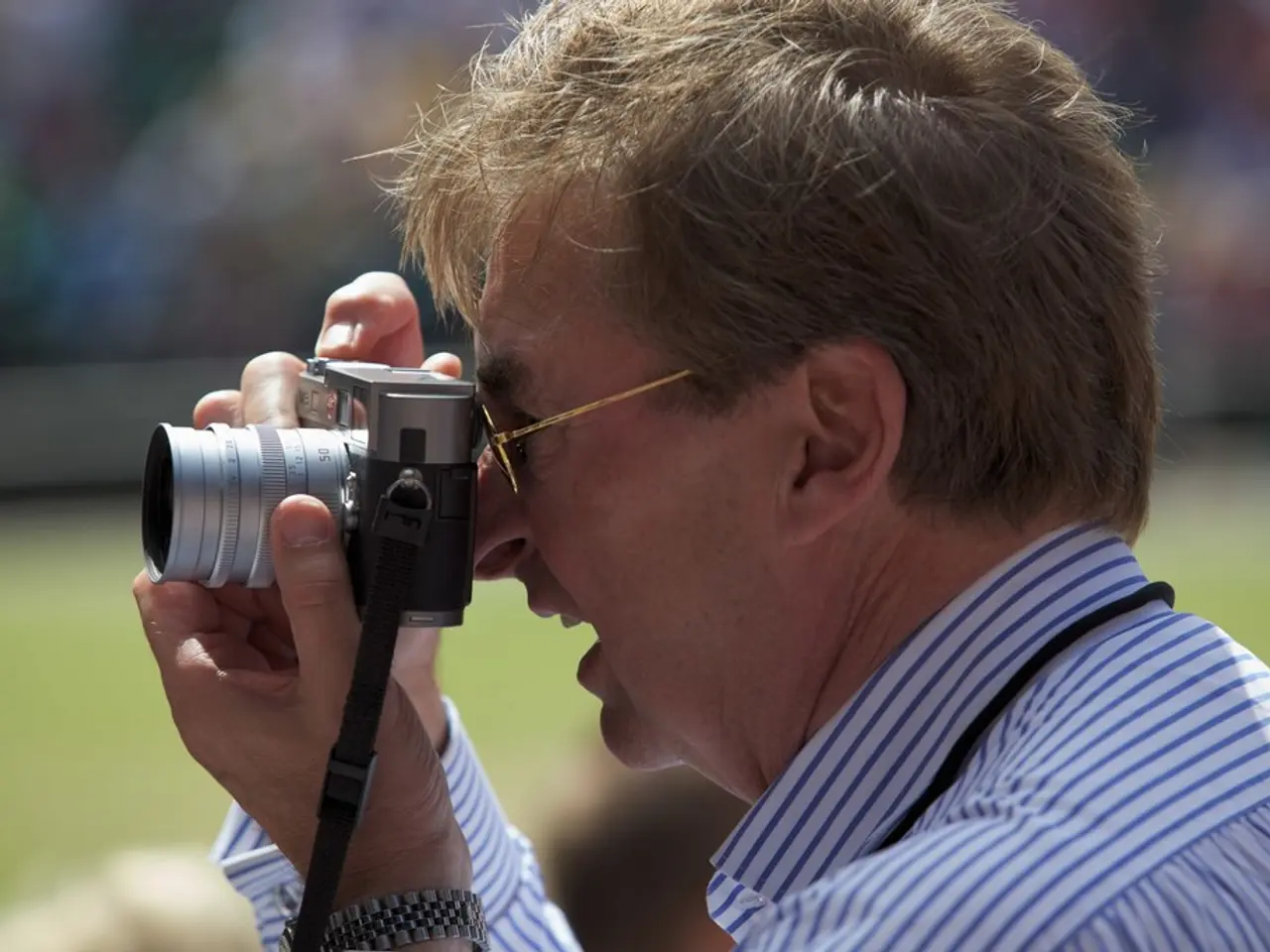480p resolution of "28 Days Later" challenges video quality claims
The world of filmmaking has seen a remarkable transformation in the use of camcorders, thanks to technological advancements and the democratization of video production. The advent of consumer camcorders in the late 20th century marked a turning point, making filmmaking more affordable and accessible.
### Early Milestones
The use of camcorders in filmmaking can be traced back to films like "UFO Abduction" (1989), often cited as one of the first found-footage movies. Presented as a single, unedited home video, it captured a family's encounter with extraterrestrials during a child's birthday party, offering an authentic and immersive experience.
Another early example is "The Last Broadcast" (1998), a found-footage film shot, edited, and distributed entirely with consumer-level digital equipment. It follows a similar premise to "The Blair Witch Project" but includes a more conventional mockumentary structure.
### The Found-Footage Phenomenon
The found-footage genre reached new heights with the release of "The Blair Witch Project" in 1999. Its success was largely due to its immersive style, presenting only raw footage without external narration, fully immersing the audience in the characters' experiences.
### Notable Examples
Beyond the well-known films like "28 Days Later," "The Blair Witch Project," "Paranormal Activity," and "Cloverfield," there are other notable examples of films that have used camcorders in innovative ways.
"Tetsuo: The Iron Man" (1989), directed by Shinya Tsukamoto, is a body horror film that used a mix of 16mm film and video to create a raw, industrial aesthetic. "The Lonely Island's 'Hot Rod' (2007)" features several scenes that mimic the style of home video footage, showcasing the versatility of camcorders in mainstream film.
"Rec" (2007), a Spanish horror film, follows a TV reporter and her crew as they document a night shift at a local fire station. The crew is called to an apartment building where a mysterious outbreak occurs, and the film is shot entirely from the perspective of the cameraman's handheld camera, creating a tense and real-time experience.
### Technological Advancements
The transition to digital camcorders and later to smartphones and high-quality digital cameras has further expanded the possibilities for filmmakers. Modern camcorder technology allows for high-resolution, high-quality video recording that can be edited and distributed with ease, making it accessible to a wider range of filmmakers.
In recent years, some filmmakers, like Danny Boyle, have experimented with using smartphones for filming. Boyle's upcoming "28 Year's Later" features sequences shot with the iPhone 15 Pro Max, paying homage to the unique style of "28 Days Later."
As the industry continues to evolve, the use of camcorders and other handheld devices in filmmaking remains a testament to the democratization of storytelling, offering filmmakers more affordable and accessible tools to create captivating and immersive experiences for audiences.
- The evolution of filmmaking has been significantly influenced by the advent of camcorders equipped with advanced techniques such as high-resolution video recording and easy editing.
- The 1989 film "UFO Abduction" is one of the first notable examples that demonstrated the potential of camcorders in filmmaking, presenting a home video-style narrative.
- In the late 1990s, the found-footage genre gained popularity with "The Last Broadcast," a film shot entirely using consumer-level digital equipment, mimicking the style of a mockumentary.
- The success of "The Blair Witch Project" in 1999 revolutionized the found-footage genre by presenting raw and immersive footage with no external narration.
- Besides the well-known found-footage films, other notable examples include "Tetsuo: The Iron Man" (1989), which used a mix of 16mm film and video to create a gritty aesthetic, and "The Lonely Island's 'Hot Rod'" (2007), which cleverly used a home video style in mainstream film.
- "Rec" (2007), a Spanish horror film, was shot entirely from the perspective of a handheld camera, offering a tense and real-time experience.
- Modern camcorder technology has democratized storytelling, allowing for high-quality video recording and easy distribution, thus opening opportunities for more filmmakers to create captivating and immersive experiences for audiences.
- Innovative filmmakers like Danny Boyle have experimented with using smartphones, such as the iPhone 15 Pro Max, for filming, paying homage to the unique style of earlier films like "28 Days Later."




